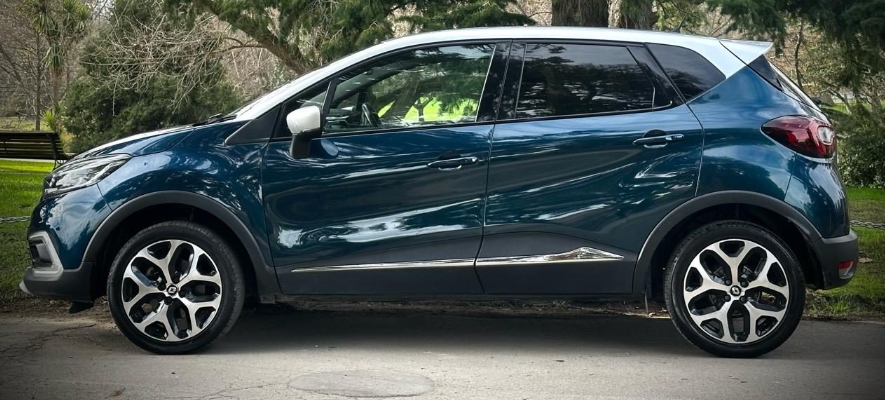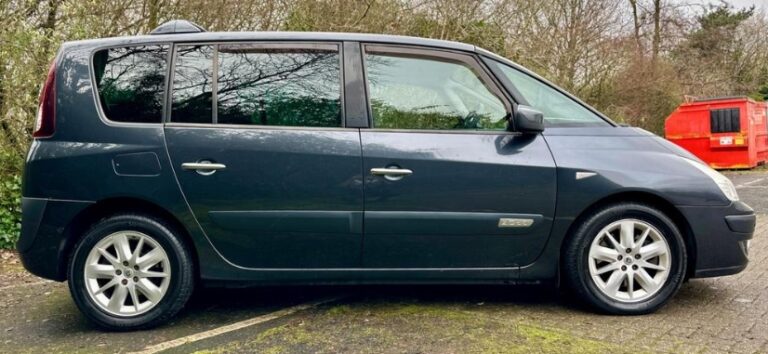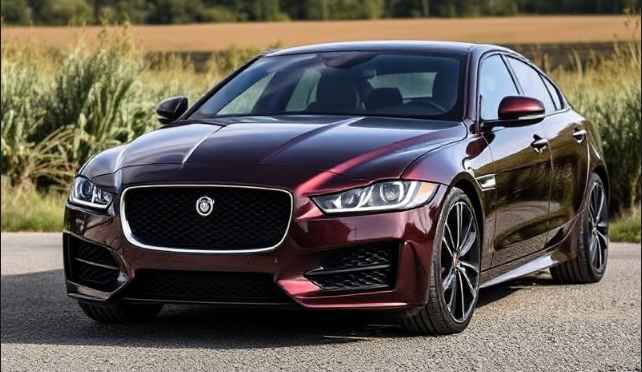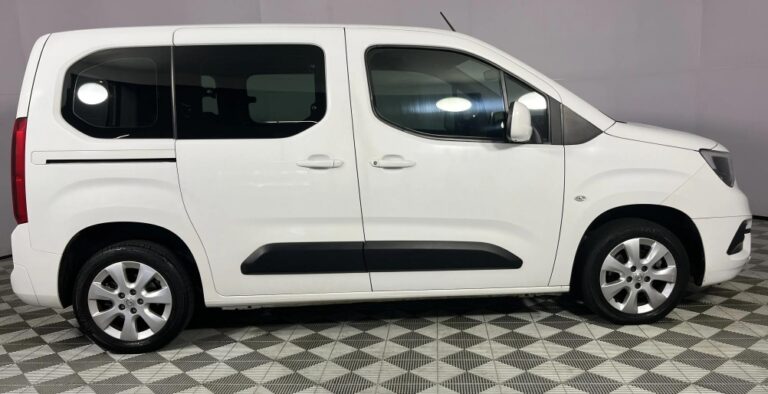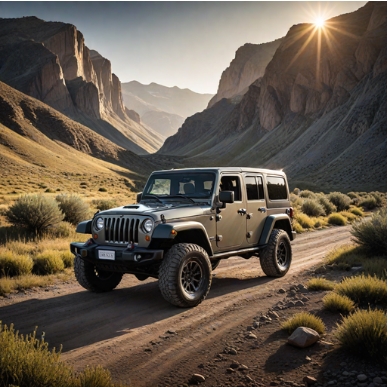The Evolution of the Renault Captur
Since its debut in 2013, the Renault Captur has established itself as a popular subcompact crossover SUV, blending urban practicality with versatile performance. Over the years, the Captur has undergone significant transformations—both stylistically and technologically—reflecting changing consumer preferences and advancements in automotive engineering. This article traces the evolution of the Renault Captur, detailing its production timeline, model variations, and trim levels from inception through the latest generations.
First Generation (2013–2019)
Launch and Initial Offerings
Renault introduced the Captur in 2013 as a successor to the Renault Modus and the Renault Clio-based crossover concept. Built on the Renault-Nissan Alliance’s B0 platform, the first-generation Captur was designed to appeal to urban dwellers seeking a compact, stylish SUV with flexible interior options.
Design and Features
The first-gen Captur featured a distinctive floating roof design, high-mounted headlights, and a broad grille, emphasizing a crossover aesthetic. Its compact size (length approximately 4.1 meters) made it suitable for city driving, while its raised ground clearance provided some off-road capability.
Powertrain Options
Initially, the lineup included petrol engines such as:
- 0.9-liter TCe turbocharged three-cylinder producing around 90 horsepower
- 1.2-liter TCe four-cylinder delivering approximately 120 horsepower
Diesel options included:
- 1.5-liter dCi four-cylinder engines with outputs of 90 and 110 horsepower
Trim Levels (Europe)
In Europe, the Captur was available in various trims, typically including:
- Expression: Basic but well-equipped, featuring air conditioning, electric front windows, and a basic audio system.
- Limited: Added features such as alloy wheels, fog lamps, and a better infotainment system.
- Iconic: Higher-end trim with additional comfort features, touchscreen infotainment, and alloy wheels.
- Initial Special Editions: Various limited runs with unique styling cues.
Facelift in 2017
In 2017, Renault launched a mid-cycle facelift for the Captur, updating its front and rear styling, introducing new LED lighting signatures, and refining the interior with improved materials and technology. Engine options remained largely unchanged, but some markets received new equipment packages and trim levels.
Special Editions and Variants
Throughout its first generation, Renault released special editions such as:
- Captur S-Edition
- Edition One
which offered unique styling elements and equipment.
Second Generation (2019–Present)
Introduction and Platform
The second-generation Renault Captur was officially unveiled in 2019. Built on the Renault–Nissan–Mitsubishi Alliance’s CMF-B modular platform, this new version emphasized modern design, enhanced technology, and improved efficiency. It marked a significant evolution in the model’s aesthetic and technical offering.
Design and Features
The second-gen Captur features a more aerodynamic silhouette, with a wider grille, slimmer LED headlights, and a floating roof concept with contrasting colors available for a two-tone finish. The interior saw a major overhaul, featuring a digital instrument cluster, a large touchscreen infotainment system, and higher-quality materials.
Powertrain Options
The range expanded to include:
- Petrol Engines:
- 1.0-liter TCe turbocharged three-cylinder with outputs of 100 hp and 130 hp
- 1.3-liter TCe turbocharged four-cylinder with 130 hp and 155 hp (available in some markets)
- Diesel Engines:
- 1.5-liter dCi with 95 hp and 115 hp (availability varies by market)
- Hybrid Options:
- A mild-hybrid system (e-tech hybrid) was introduced in some markets, enhancing efficiency.
Trim Levels (Europe)
The second-generation Captur’s trims were more structured, offering a broader spectrum of features:
- Play: The entry-level variant, including essentials like a touchscreen, Bluetooth, and cruise control.
- Iconic: Mid-range, adding alloy wheels, rear parking sensors, and additional styling features.
- S Edition / S-Edition: Sportier styling cues, unique interior accents, and sometimes, sportier suspension tuning.
- R.S. Line: The sportier trim with distinctive styling elements, sport seats, and performance-inspired details.
- Esprit Alpine: Premium trim introduced later, with exclusive styling, upholstery, and technology features.
Special Editions
Renault also released several special editions to boost appeal, such as:
- Captur Initiale Paris: A luxury-oriented trim with high-end interior features.
- Captur Black Edition: Featuring blacked-out styling elements.
Technology and Safety
The latest Captur features advanced driver-assistance systems such as lane departure warning, adaptive cruise control, parking assist, and autonomous emergency braking. The infotainment system includes Apple CarPlay and Android Auto compatibility, with some markets offering a digital instrument cluster and a large central touchscreen.
.
THIS might be a great place to get your new car from!
Or for those who are into the “car flipping” business, here’s an excellent resource for you!

.
Notable Changes and Market Variations
Global Variants
While primarily targeted at European markets, the Captur has been adapted for other regions, including Latin America, India, and Southeast Asia, often with different engines, trims, and styling cues suited to local preferences.
Electric and Hybrid Developments
The second-generation Captur has laid the groundwork for electrification. Renault announced plans for fully electric variants, particularly in Europe, aligning with the brand’s push towards sustainable mobility.
Facelifts and Updates
- 2022 Update: The Captur received a mild facelift, with new front and rear styling, updated technology features, and additional engine options, including a 1.0-liter turbocharged petrol engine with mild-hybrid technology.
- 2024 and Beyond: Renault announced further enhancements, including more hybrid options and the potential introduction of full EV variants.
Summary of Models and Trim Levels Over the Years
| Year Range | Generation | Notable Models/Trims | Key Features |
|---|---|---|---|
| 2013–2019 | First Gen | Expression, Limited, Iconic, S-Edition, Initiale Paris (special editions) | Basic to premium features, stylistic variants |
| 2019–Present | Second Gen | Play, Iconic, S-Edition, R.S. Line, Esprit Alpine, Black Edition, Initiale Paris | Advanced tech, hybrid options, sporty trims |
Conclusion
The Renault Captur has evolved from a stylish, compact urban crossover into a technologically advanced, versatile vehicle that caters to a broad audience. Its journey reflects Renault’s commitment to innovation, design, and sustainability. With ongoing updates and electrification plans, the Captur is poised to remain a significant player in the competitive subcompact crossover segment for years to come.
